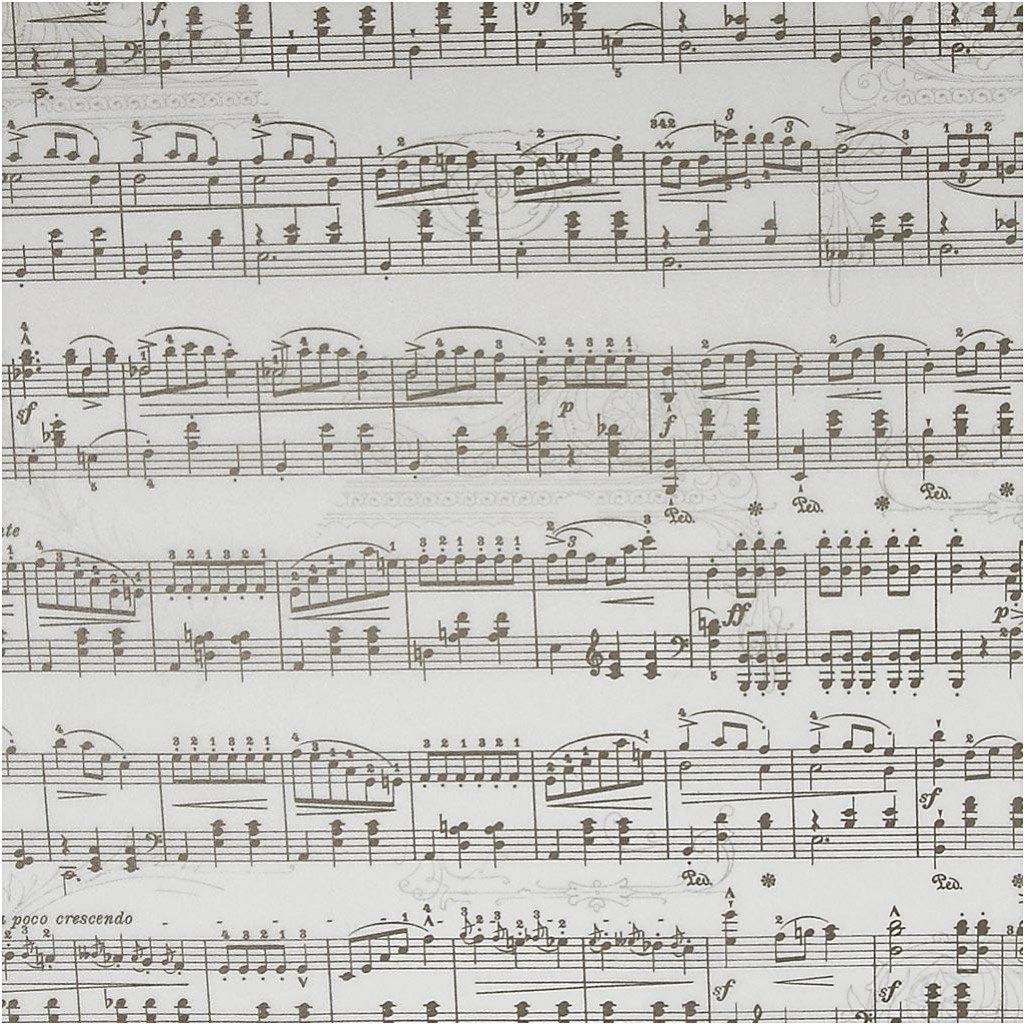Psalm 40 has always been special to me because it speaks of God being patient, hearing me, and helping me. It took on new meaning when I started an intensive treatment two years ago. The treatment is called intensive for a reason! I truly felt through this that God had brought me out of a pit. Sometimes that pit felt so dark and oppressive I thought I’d never see light, but God was gracious to show me the way out. At this point God also set my feet on a foundation of his Son. I came to know Jesus as I’d never known him before. My distorted view of God changed to be more in line with the truth of His Word. I was able to praise Him for all the blessings He’s given me.
As I was working through these hard topics, God also renewed my gift to write; I had written some poetry as a child but not much since then. The words started flowing. At times, I’d have words come to mind, sit down to write, and within minutes have the whole song written. Other times, an idea would come through a phrase I heard or read or through a sermon, and I work with it until the song was written, sometimes for a couple hours, sometimes for a couple of days. I didn’t hear a melody with the words, so for now it’s more like poetry. I hope someday to have them set to music. I believe that, at some point, God will help me figure out who the right person is for that job!
When considering this blog idea, I was drawn instantly to Psalm 40. It was such an expression of where I’d been and where I’ve come to thus far. It also gives expression to the songs I’ve written which come through the Spirit in me.
I spent some time reflecting on the Psalm and writing it out. As I did the hymn “O For a Thousand Tongues to Sing” came to mind. I looked up those lyrics and wrote them out. They mirrored my thoughts so closely! I decided to add that to the main page so the psalm and hymn are seen together.
Music has been important to me for a long time. During intensive treatment, I listened to so many songs that spoke of God’s love and acceptance, His desire for relationship with us, His care of us. It was so healing. In between appointments I would go back and listen again, just letting the words and the music roll over me. There have been studies that connect music to the process of healing and recovery. You may have heard or seen stroke survivors who aren’t able to carry on a conversation join in when someone starts singing hymns. There’s just something about it that connects to the soul.
One funny story comes to mind…I heard it growing up, and may not have remembered it right, so mom and dad, you can correct me if I’m wrong. The story goes that there was a little boy who stuttered so badly he could hardly talk. One day while playing or working outside, he ran up to the house in a panic. Those in the house came out to see what the problem was, but they couldn’t understand him in his panicked state. One of them said, “Sing, sing!” And he did! “The barn is on fire!” It was clear, they could understand, and everyone raced away to help.
Back to the idea of the healing aspect of music…At Timberline there is a piano in the dining hall. I craved playing it, but had no opportunity to go there other than meal time. One day after finishing my meal, I got up the nerve to approach the piano. I didn’t have any music with me, so I played the only song I still have memorized from childhood – The Black Hawk Waltz written by Mary E Walsh in the 1880s. (If you’d like to hear it, there’s half a dozen options on YouTube.) A couple of the residents started waltzing in between the tables, and when I finished everyone clapped! After I was given my white hat, I asked if I could go up there during my 20 min away from the lodge. The answer was yes, but the walk up and back had to be figured in the 20 min, so I started going 20 min before mealtime and playing until the food lines were almost empty. I could play for close to a half hour that way! My family brought me music when they visited that weekend. I had a couple advanced lesson books from childhood, a Mozart book, and a book of hymns arranged by Lorie Line. The residents complimented me and said how much they enjoyed it. The dining hall staff did too. One day while playing before my lodge arrived for lunch, a resident from another lodge came over to our side of the dining hall. I asked if she wanted me to quit. She said, “Oh no! I just wanted to tell you that since you started playing, we’ve had fewer incidents of panic attacks and flashbacks while we’re eating.” It felt great to see that I could use my God-given talents to make a difference.
(New song posted – God, My Rock)


